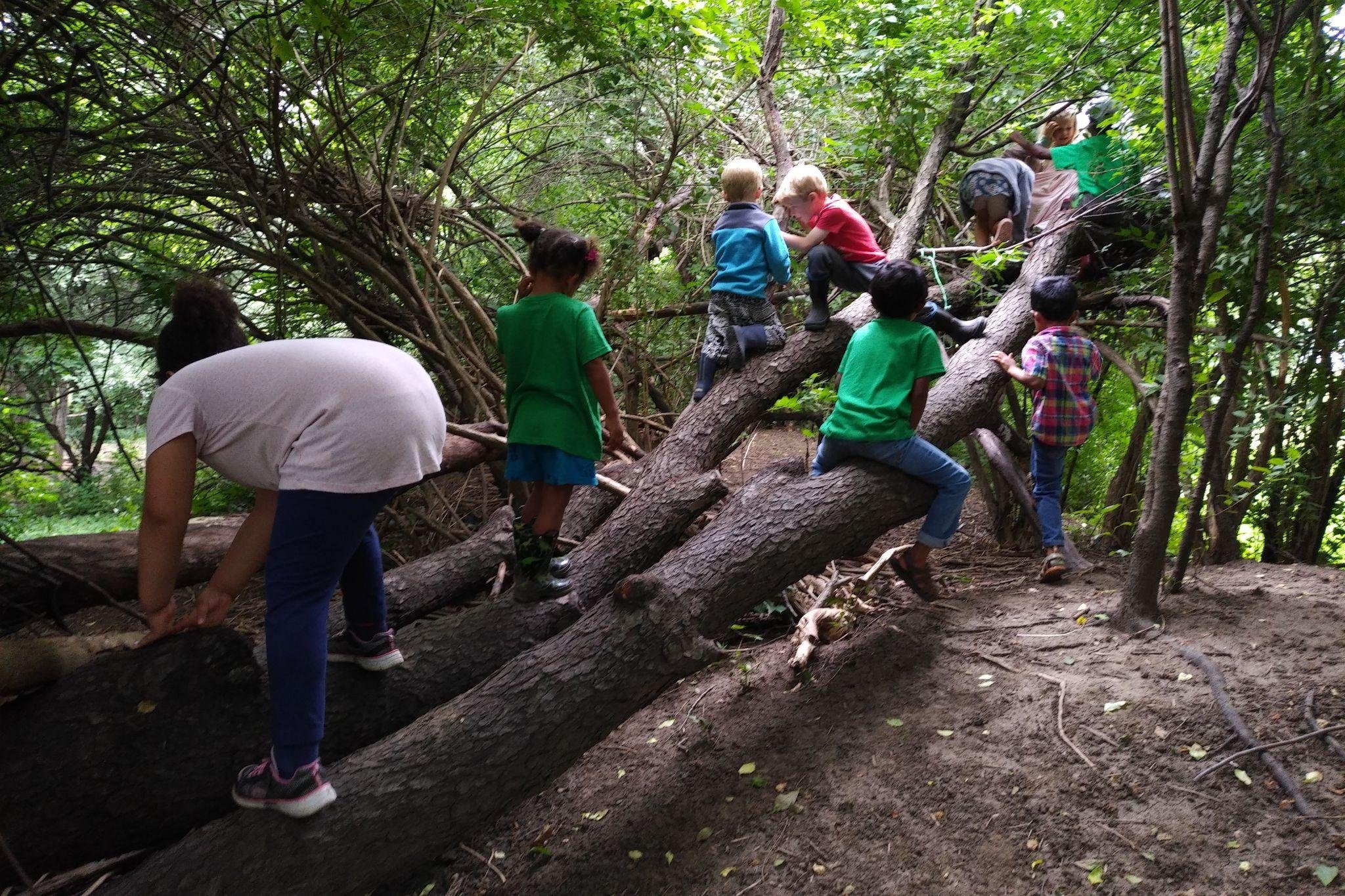The transition from kindergarten to first grade in Waldorf education isn’t about pushing academics faster; it’s about honoring the child’s readiness and creating a balanced, engaging environment that supports both intellectual and emotional growth. By fostering a sense of curiosity and joy in learning, Waldorf education ensures that this shift is a natural and nurturing one.
Delayed Reading Supports Long-Term Literacy Success
In Waldorf education, one of the foundational principles is to delay formal reading instruction until first grade, around age six or seven. While this approach may seem unconventional in a world where early literacy is often emphasized, there is growing research supporting the benefits of waiting until children are developmentally ready for reading instruction.
How Waldorf Education Sets Children Up for a Happier Life
Tradition and Hope: Why Waldorf Schools Celebrate Santa Lucia Day
Waldorf Schools celebrate Santa Lucia Day to acknowledge the symbolic importance of light during the darkest time of the year. Lucia, or Saint Lucy, represents bringing light into darkness, both literally and metaphorically. This resonates with the Waldorf philosophy, which emphasizes the cyclical rhythms of nature and nurturing spiritual growth through tradition and storytelling.
The Benefits of Waldorf Education for Children with ADHD: Nurturing Focus, Creativity, and Emotional Growth
While every child is unique, research supports that Waldorf education’s holistic, individualized approach offers valuable benefits for children with ADHD. By integrating structured routines, creative movement, hands-on learning, and emotional development, Waldorf schools provide an environment that nurtures the whole child. With growing evidence that non-traditional educational models can support children with ADHD, Waldorf education stands out as a promising option for those seeking an alternative path to academic and personal success.





